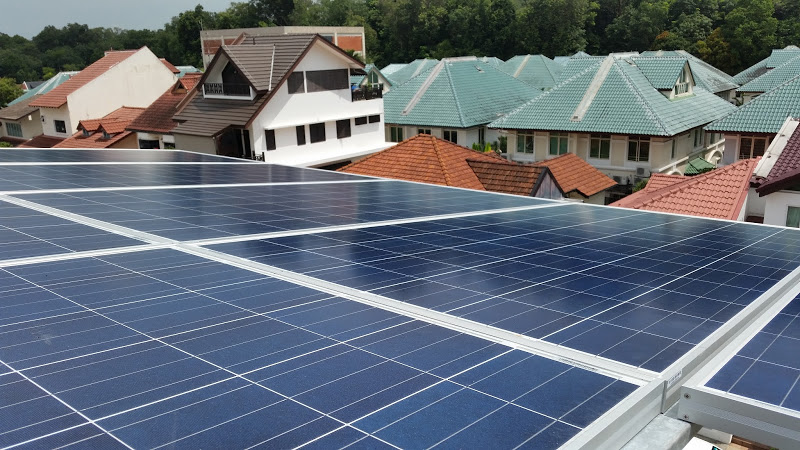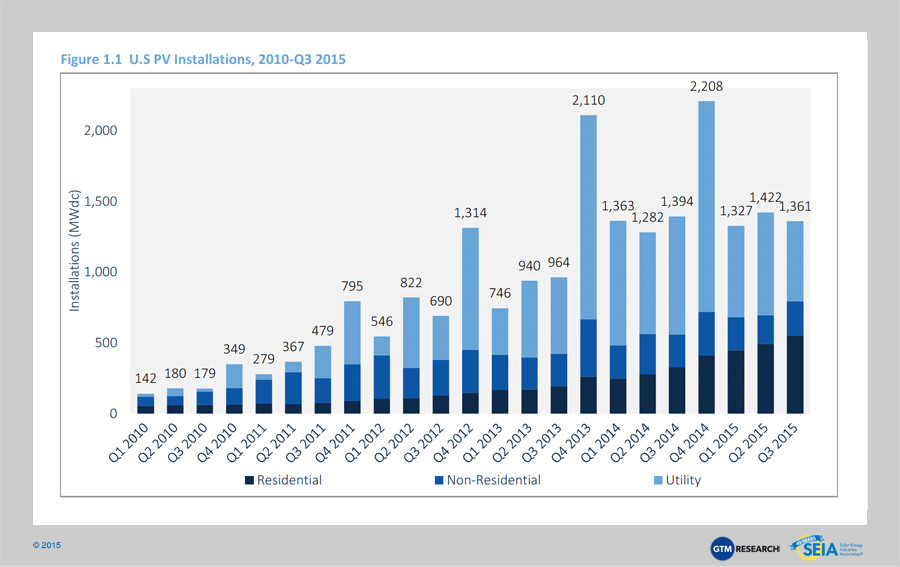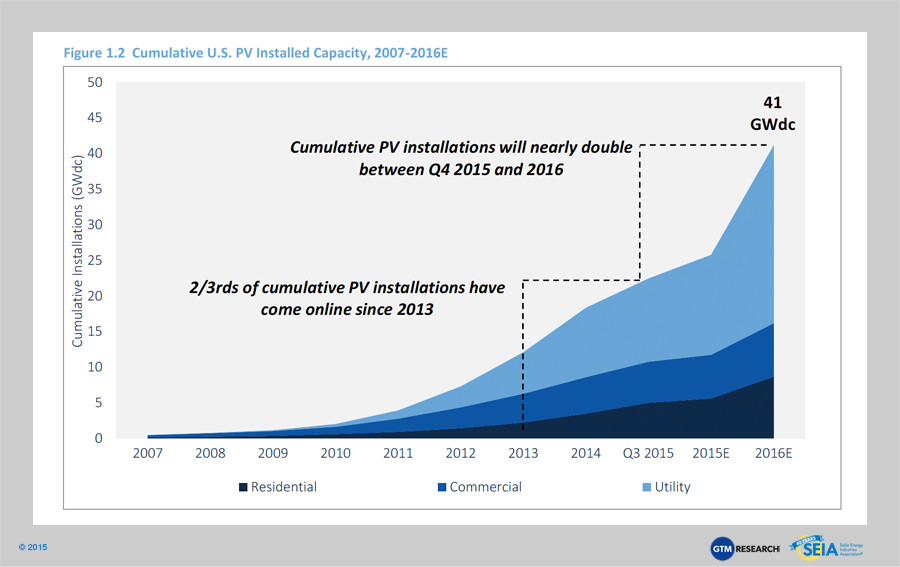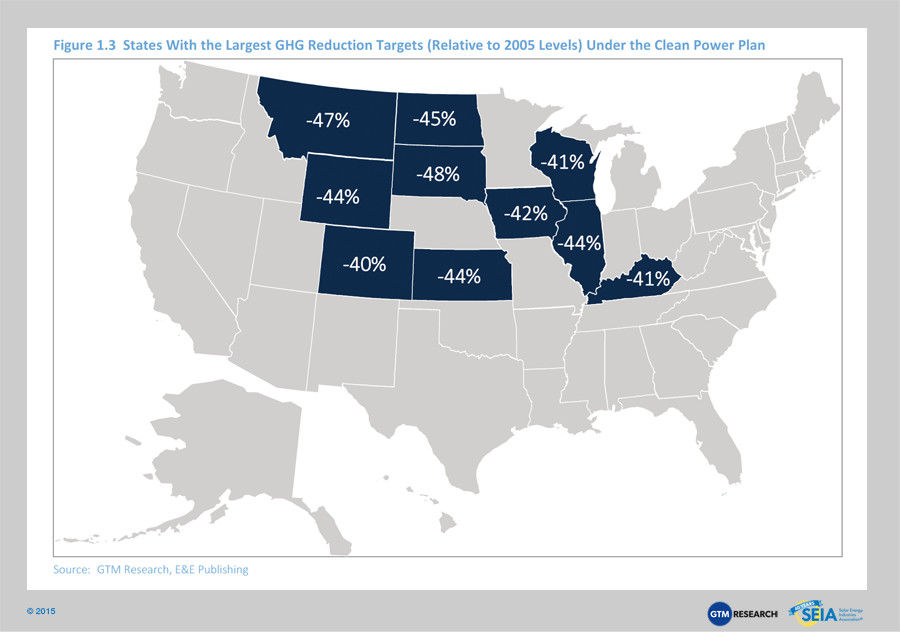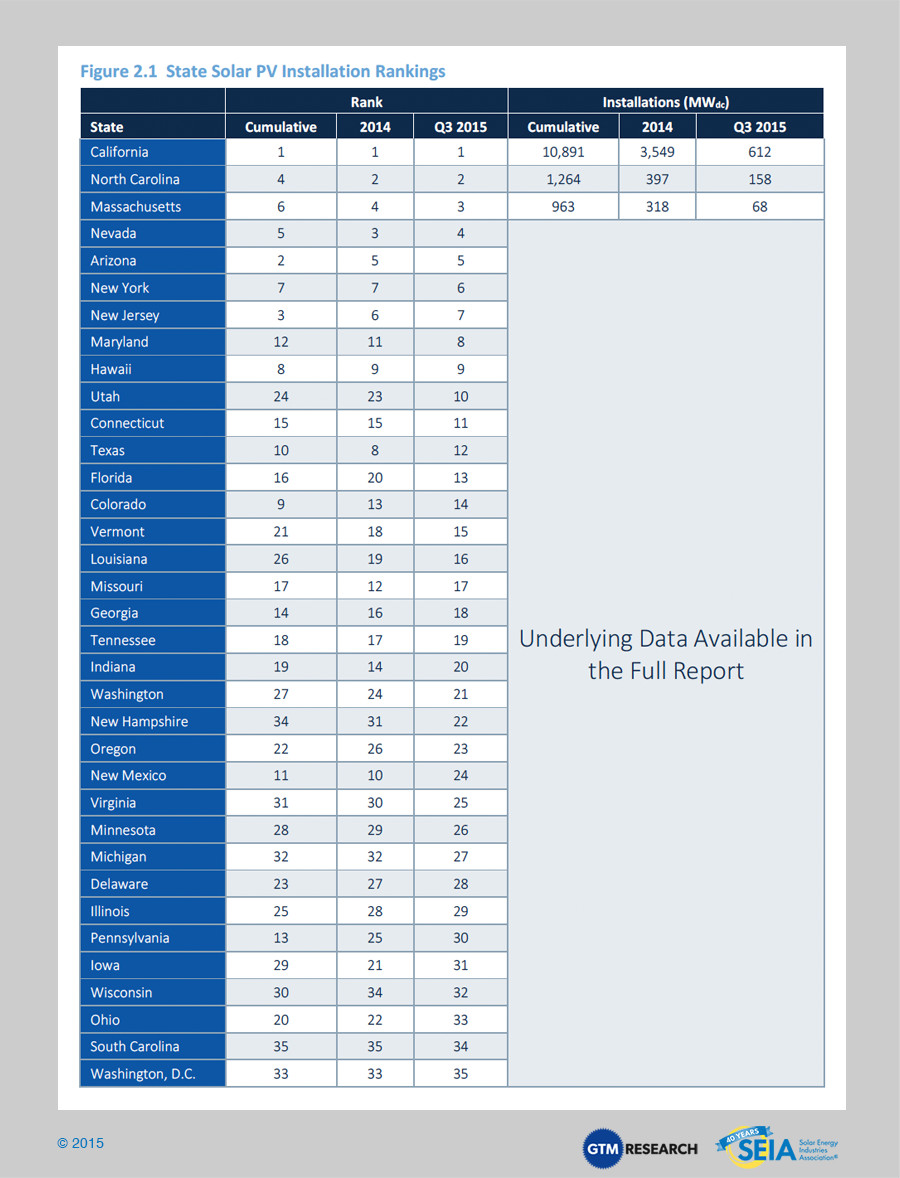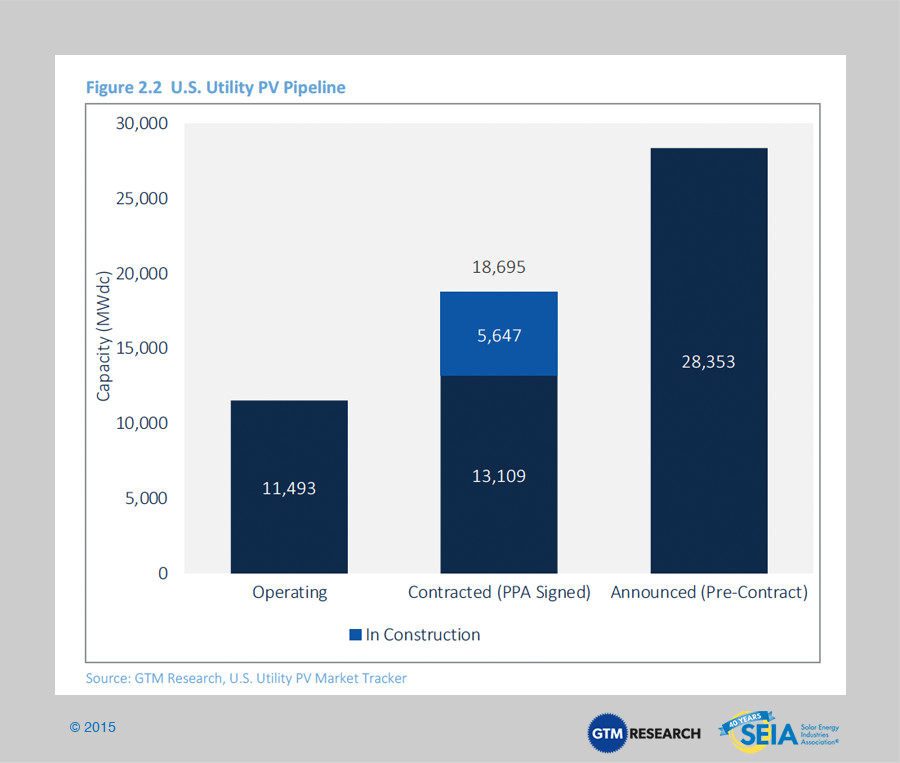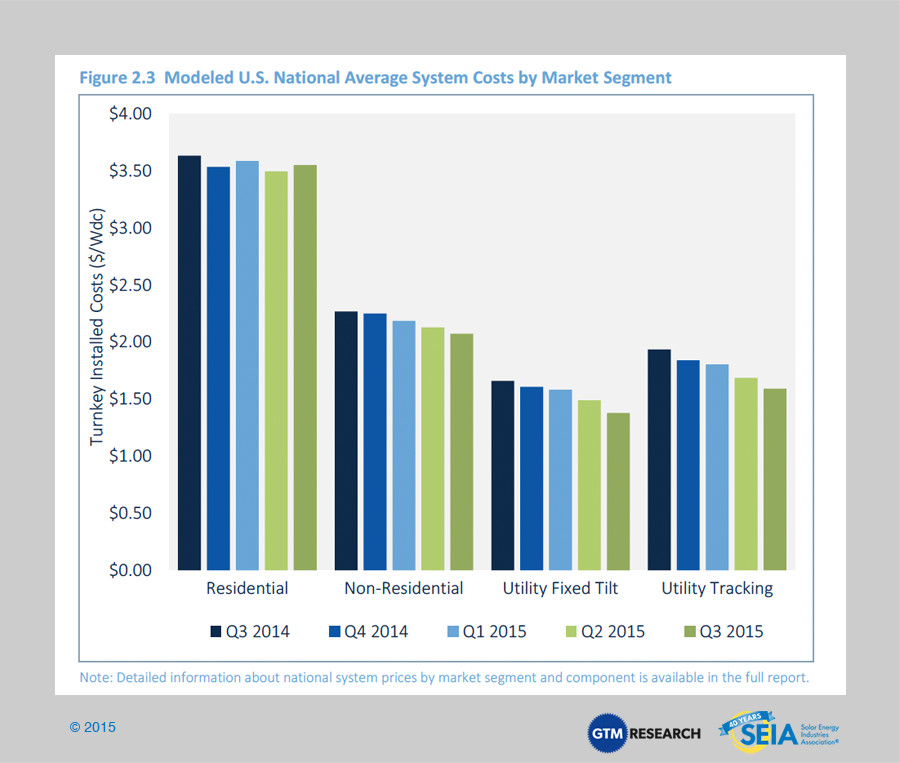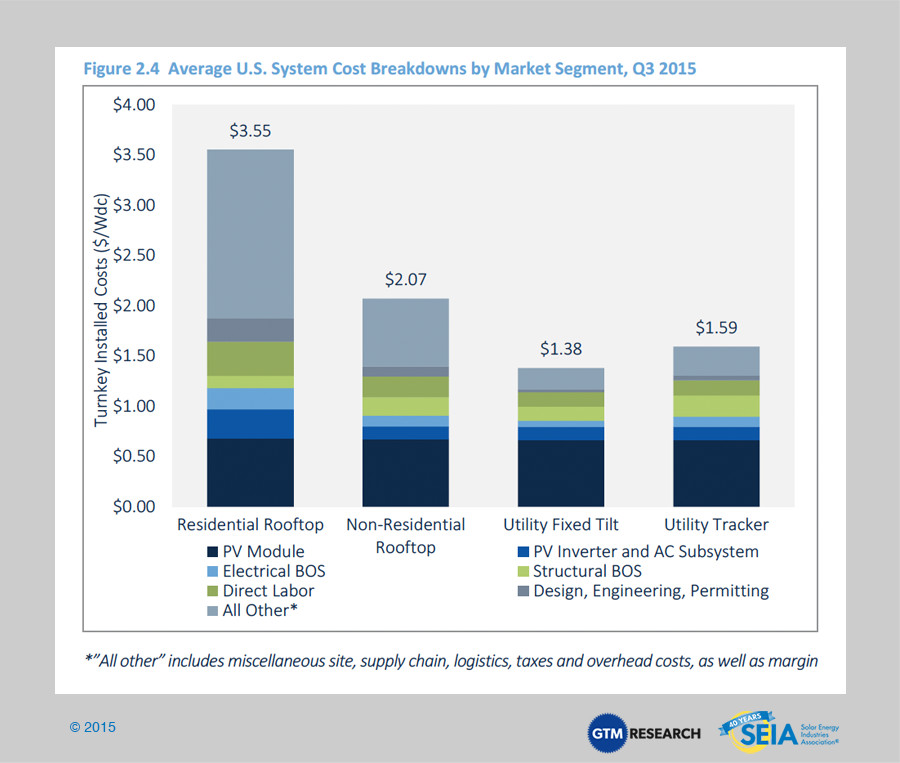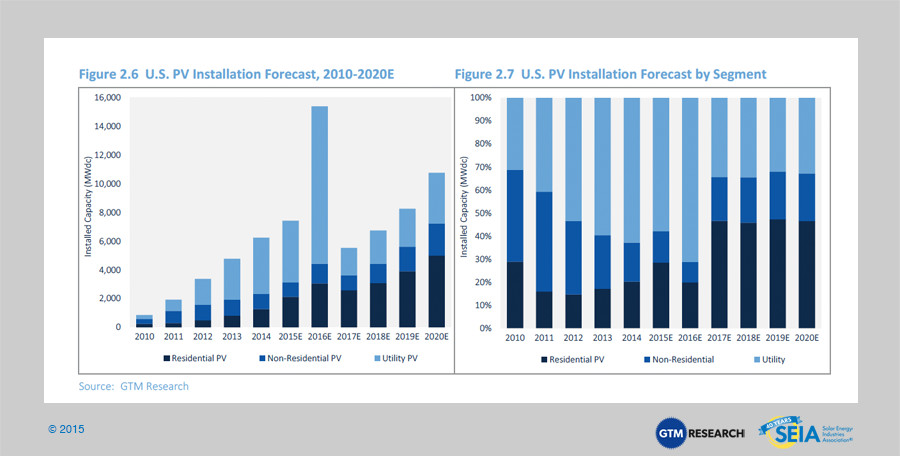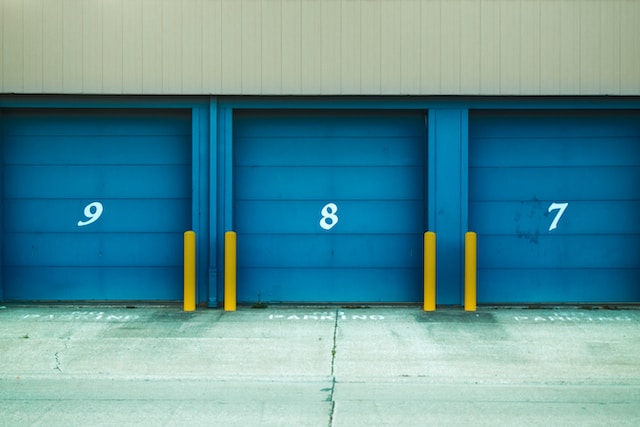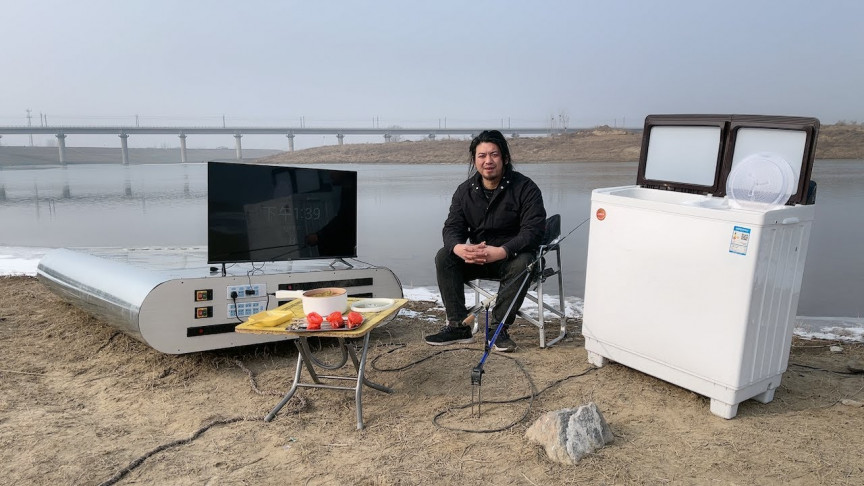Whether or not solar power makes sense for a homeowner is affected by variables including the abundance of solar power and price of electricity in local markets, costs of installing panels, financing, and rates at which local power companies “buy back” electricity from residential consumers.
Most home solar panel setups today are connected directly with local utilities and any excess energy automatically goes to the utility. But with the advent of home battery systems such as the Tesla Powerwall Battery, homeowners may want to wait and decide when to release energy to utilities. If energy is released during slack electricity, use rates paid will be less whereas energy released during peak times will maximize rates paid to consumers.
Burgeoning Solar Will Create New Energy Financial Markets
According to the Solar Energy Industries Association (SEIA) which creates regular quarterly Solar Market Insight Reports, as of Q3 2015, the US installed 1,361 MW of solar PV, the eighth consecutive quarter in which the US added more than 1 GW of PV installations.
Trends Affecting Home Solar Power
The report suggests that utility electricity prices will likely continue to rise while solar prices will continue to fall. Over the next decade, the exponential improvement of solar energy technology should continue as hardware is continuously optimized, more efficient, and scalable.
The following charts show the overall trends. 1) US PV Installations 2010-2015, 2) Cumulative US PV Installations 2007-2016, 3) States with the largest Green House Gas (GHG) reduction targets, 4) State Solar PV Installation Rankings, 5) US Utility PV Pipelines, 6) Modeled US National System Costs by Market Segment 7) Average US National System Costs Breakdown by Market Segment 3Q-2015, 8) US PV Prices by Type, 9) US PV Installation Forecasts to 2025.
- Chart Courtesy SEIA.org
- Chart Courtesy SEIA.org
- Chart Courtesy SEIA.org
- Chart Courtesy SEIA.org
- Chart Courtesy SEIA.org
- Chart Courtesy SEIA.org
- Chart Courtesy SEIA.org
- Chart Courtesy SEIA.org
- Chart Courtesy SEIA.org

